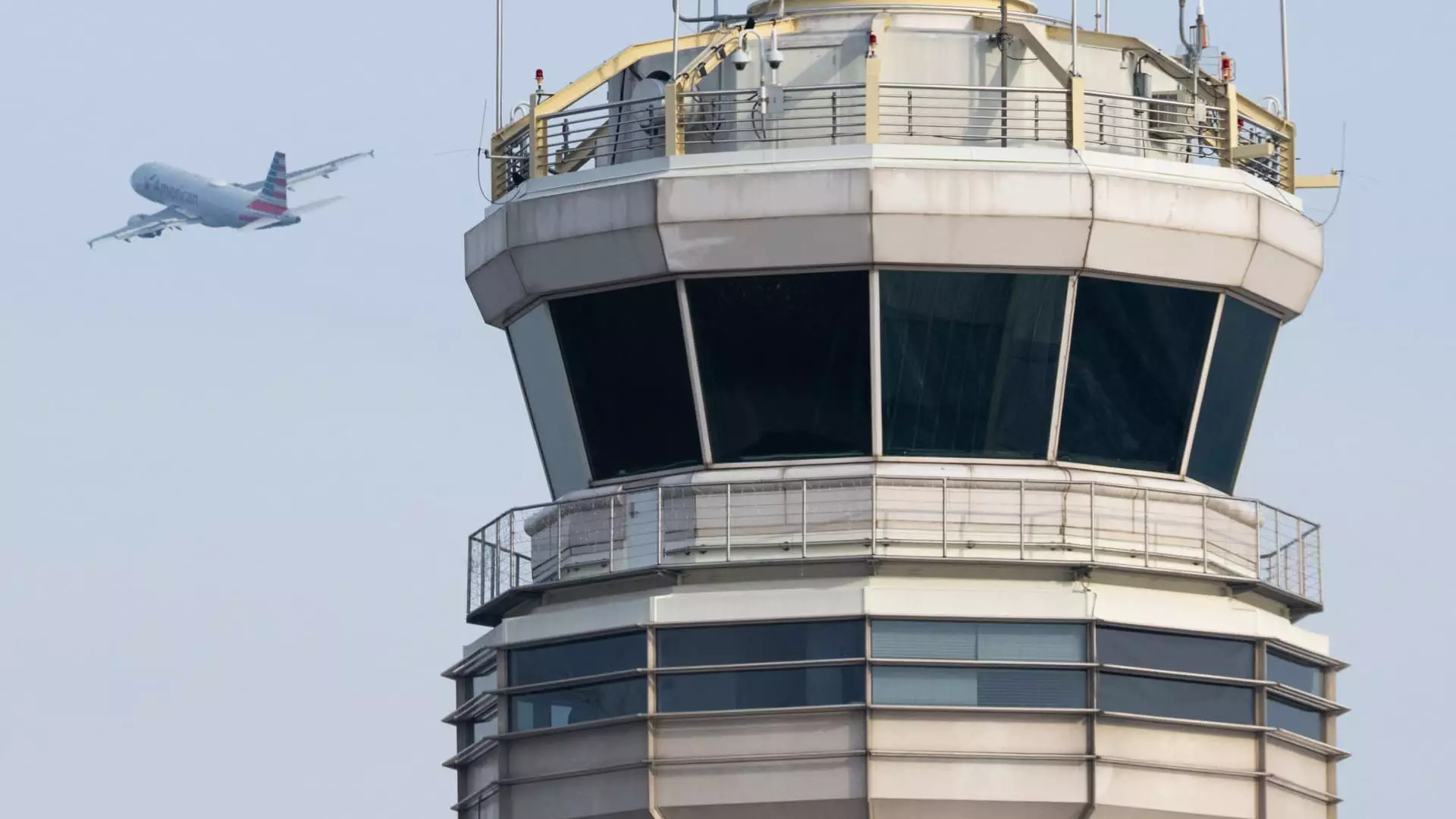The head of the Federal Aviation Administration recently announced an increase in the required amount of rest time for air traffic controllers. The decision comes in response to concerns over fatigue among controllers due to a staffing shortage. These changes will take effect within 90 days and will mandate that controllers have at least 10 hours of rest between shifts, up from the previous nine hours. Additionally, controllers will now be required to have 12 hours of rest before an overnight shift.
FAA Administrator’s Statement
FAA Administrator Mike Whitaker emphasized the importance of ensuring that air traffic controllers receive adequate rest. He stated that during his initial months at the helm of the agency, he visited air traffic control facilities across the country and heard firsthand the concerns about schedules that do not allow for sufficient rest. Whitaker expressed his commitment to prioritizing the safety of controllers and the national airspace, which prompted the decision to implement these changes promptly.
The changes to rest requirements for air traffic controllers come amidst escalating pressure on the FAA to enhance air travel safety. Recent incidents involving close calls at airports, mechanical issues at airlines, and production challenges at Boeing have underscored the need for improvements. The shortage of air traffic controllers, compounded by a hiring freeze during the Covid-19 pandemic, has resulted in forced overtime and overcrowded schedules for staff in some facilities.
To address the staffing shortfall, the FAA hired 1,500 controllers last year and intends to onboard 1,800 more this year. These recruitment efforts are aimed at replenishing the workforce and alleviating the strain on existing controllers. It is essential to note that air traffic controllers in the U.S. are mandated to retire at age 56, further highlighting the importance of maintaining a robust pipeline of qualified professionals.
The Federal Aviation Administration’s decision to increase the required rest time for air traffic controllers represents a crucial step towards enhancing safety in the aviation industry. By prioritizing the well-being of controllers and implementing measures to address fatigue concerns, the agency is taking proactive steps to mitigate risks and ensure the efficient operation of the national airspace. As the aviation sector continues to face evolving challenges, such initiatives are essential to bolstering safety standards and maintaining the integrity of air travel.

Leave a Reply